Artists in Residence: Stamps Students in the Space Lab
It’s reasonable to expect that the average person doesn’t dwell too much on the fact that the sun is perpetually flinging lethal particles of itself at Earth — unless that person is building a magnetometer to measure the strength of the earth’s protective magnetic field. Such is the case with University of Michigan Professor Mark Moldwin and his team of researchers, climate scientists, and two undergraduate students from the Stamps School of Art & Design: Anna Brooks (Interarts BFA ’18) and Joe Iovino (BFA ’18).
During the winter 2017 term, Professor Moldwin worked with ArtsEngine — U-M’s administrative unit committed to interdisciplinary learning on north campus — to create the inaugural Moldwin Art Prize, an artist residency where undergraduate students are competitively selected and welcomed into Professor Moldwin’s lab. Here, the students join a team of researchers to conduct work in the areas of space weather (how the sun influences the space environment of Earth and society) and magnetic sensor development. This opportunity is open to undergraduate students currently enrolled in the Penny W. Stamps School of Art & Design; the Taubman School of Architecture and Urban Planning; and the School of Music, Theatre & Dance.
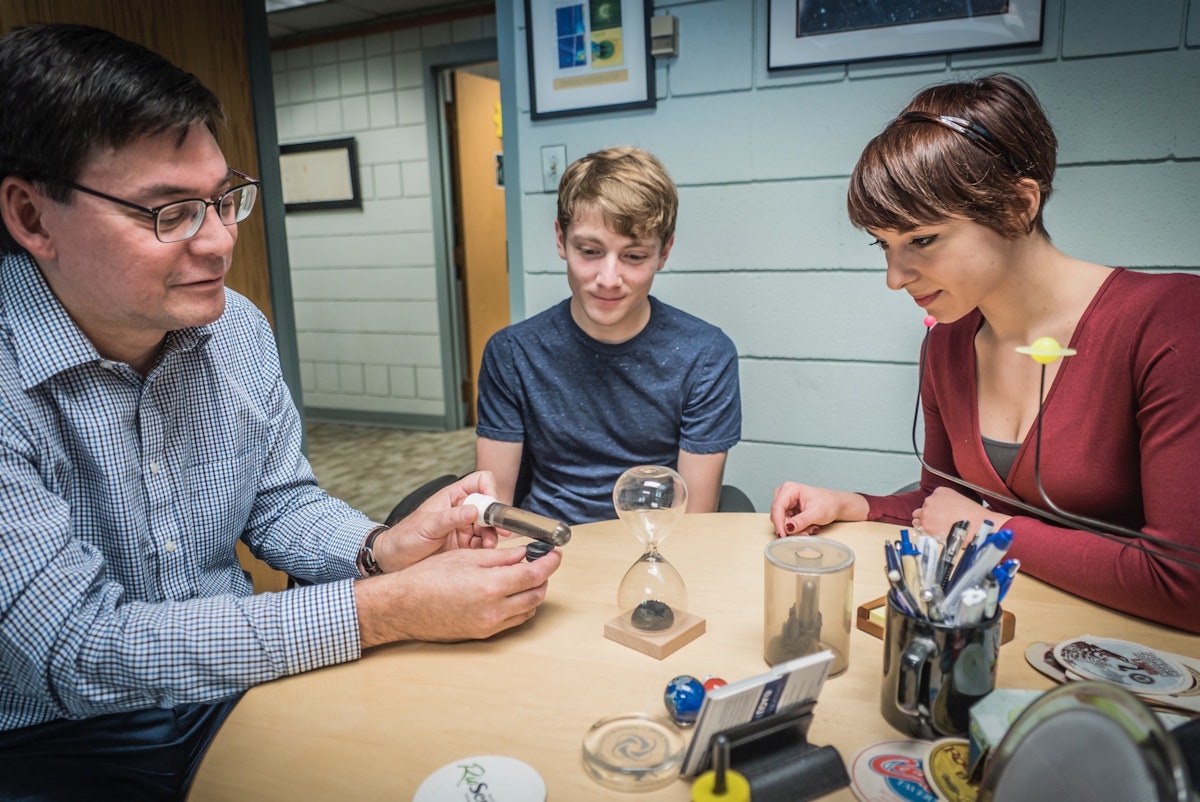
“Our first major challenge was to figure out how our skills as artists could be applied in the lab,” said Anna Brooks. “But Professor Moldwin really encouraged us to do whatever we felt was right. Joe and I talked it over and we felt that the best route to go was not to be scientists, but to be artists.”
While both Brooks and Iovino are seniors at the Stamps School, the two hadn’t met prior to the residency. In addition to navigating what role they’d play in the lab, they were also faced with defining their approach to creative work. “We met for coffee at the start of the residency and both recognized pretty quickly that we’d be better as a team than working individually. I do video and animation and Anna does music and audio. Collaborating in the lab was an opportunity to make something that neither of us had made before,” Joe Iovino said.
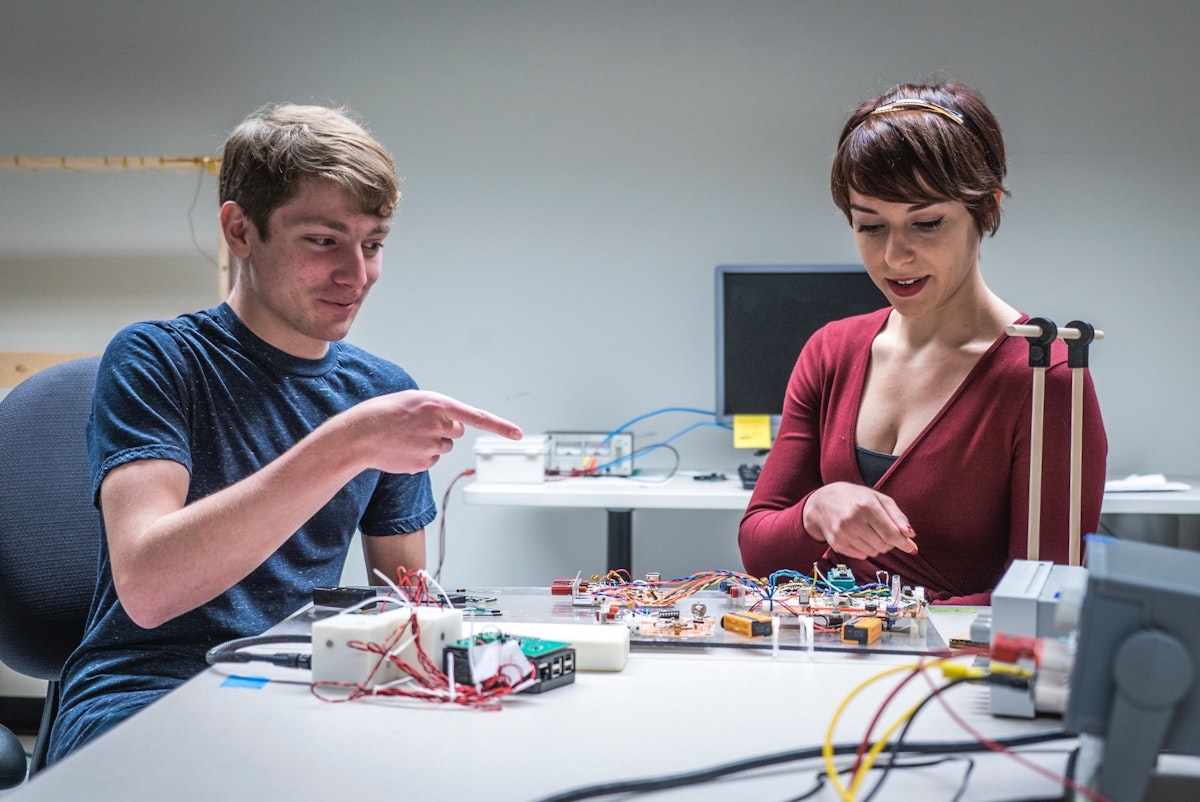
Fueled by expansive curiosity and shaped by a shared approach, Iovino and Brooks began their creative process with research. Conducted primarily through first-person interviews with the lab researchers — and underscored by rigorously informative weekly meetings with Professor Moldwin — Brooks and Iovino developed an in-depth understanding and vocabulary around the concepts of heliophysics and the Magnetic Shield.
“NASA education videos really helped me to solidify some of the concepts we learned about in the lab,” Brooks said. "One of the images in the videos really struck me: it showed a tiny earth being bombarded with solar wind with its magnetic field shielding us from all this catastrophe — it left me completely awestruck. I realized how unlikely we are and how great it is to exist.”
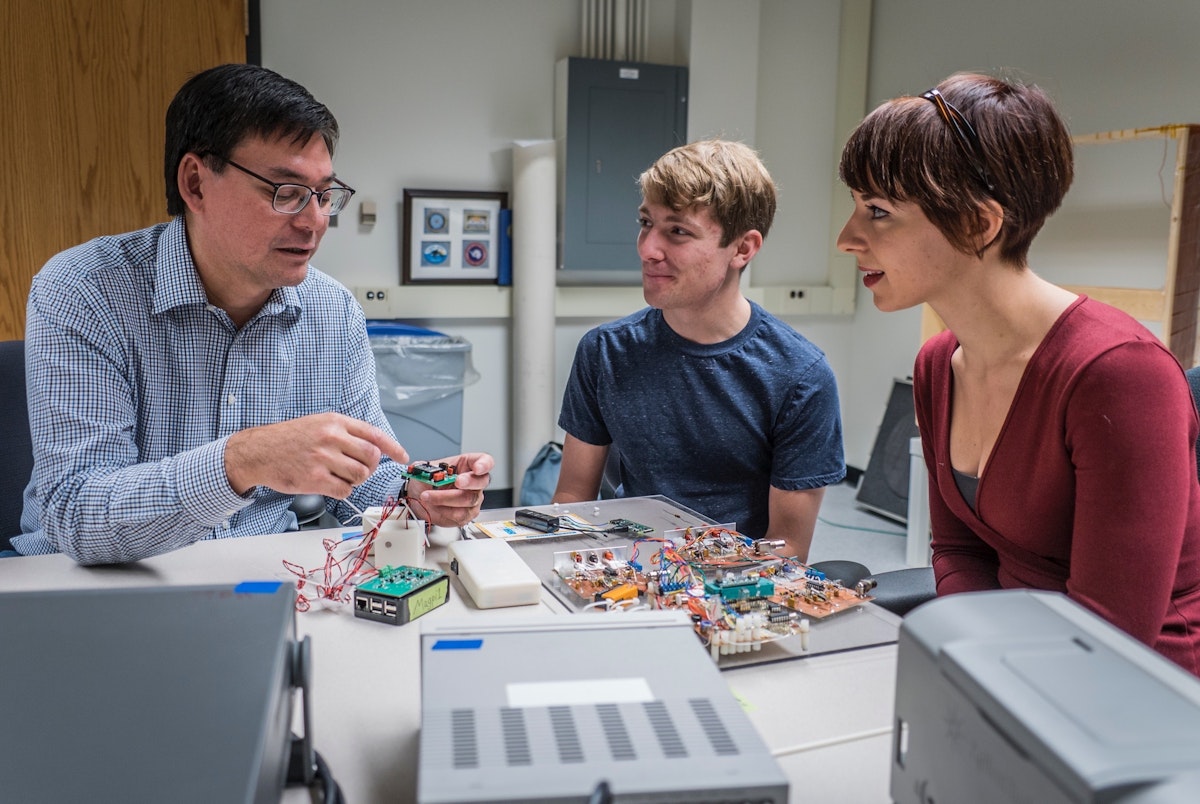
Inspired, Brooks penned a song entitled Our Magnetic Shield. “I thought the song was great — really poetic,” said Iovino. “I’d done a previous stop-motion video, and thought it would be great if we made one for the song.”
“It was good to finally figure out what we could do to support the lab research,” said Brooks. “Inspiring people to teach themselves about science is something we can do as artists.”
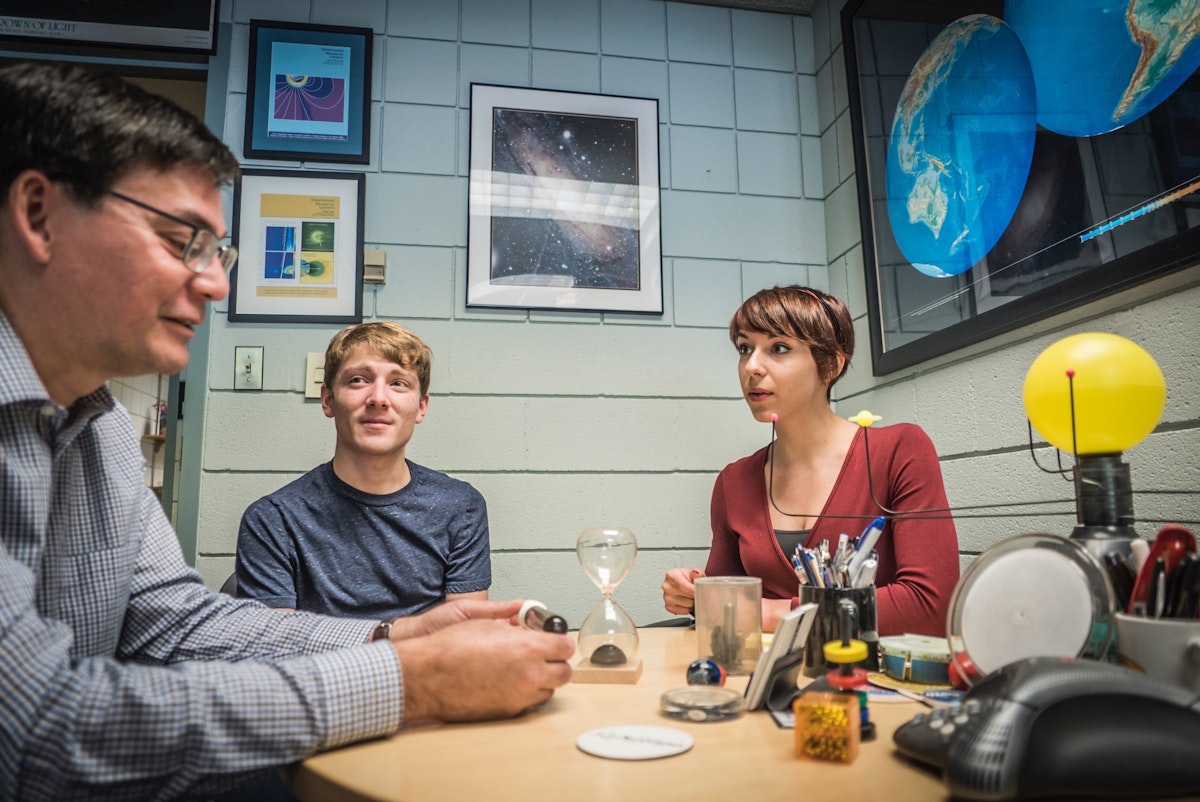
With the research phase complete and the creative concept solidified, Iovino and Brooks moved ahead with an iterative, yet straightforward making process: storyboards, mockups, production. But like every productive collaboration, there was a focused commitment to sustaining creative alignment. “We learned how to question each other’s ideas really thoroughly and make it so that we weren’t making compromises — instead, we uncovered new solutions together,” said Brooks.
“It was important for us to understand each other’s work style and goals,” Iovino said. “Anna wants to make things as good as possible. I wanted this too — but I also was really mindful of our budget, time-table, and how much we could get done. These aspects of our personalities helped us to know when we were being too ambitious and when we were being too reserved.”
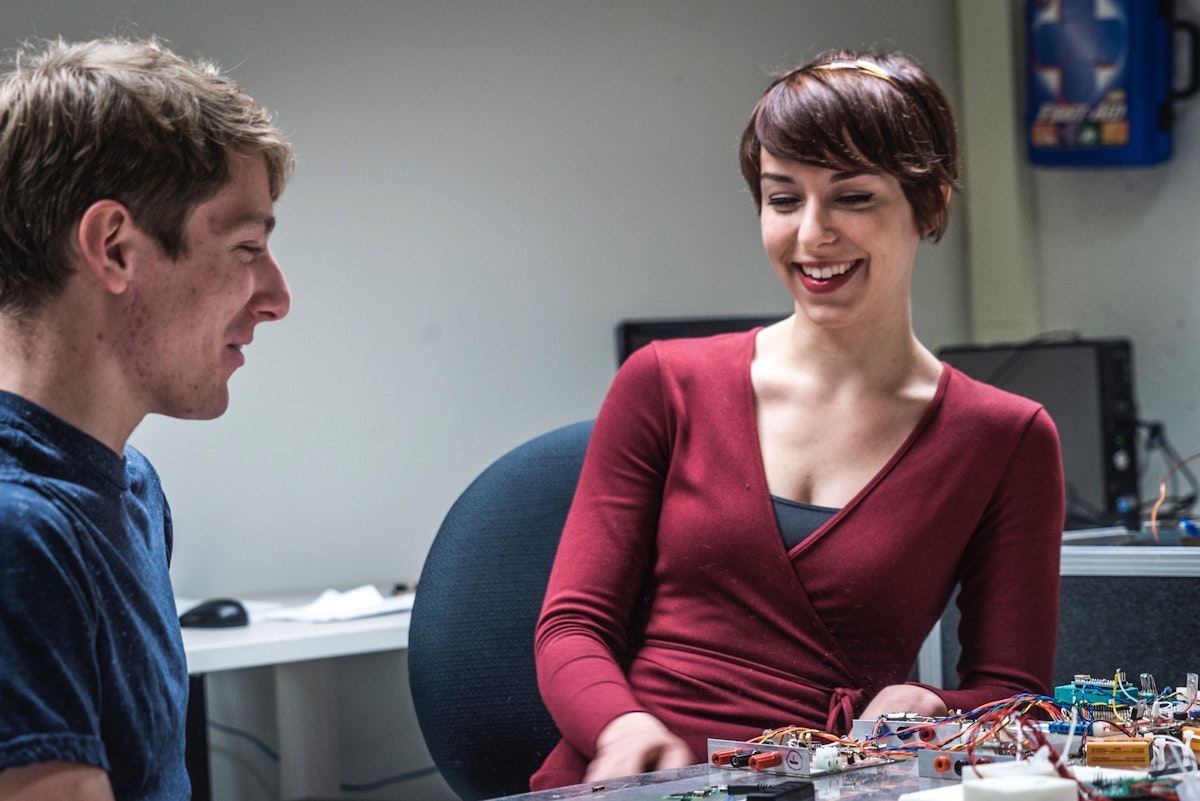
Additionally, Professor Moldwin’s lab protocols helped shape the creative process. In a space lab, contingency plans are a critical component to any project — including creative ones. “There was a contingency plan for everything,” Iovino said. “It taught us artists to think like scientists.”
At the end of the residency, Professor Moldwin threw a party at his home to screen Our Magnetic Shield. “We met so many interesting people — scientists and researchers — and many were interested in similar collaborations with us,” said Iovino.
“It was life-changing – we’re both beyond grateful,” said Brooks.
Applications for the 2018 Moldwin Prize are open through Friday, November 17, 2017. More: artsengine.engin.umich.edu
Photos by Dylan Hancook.